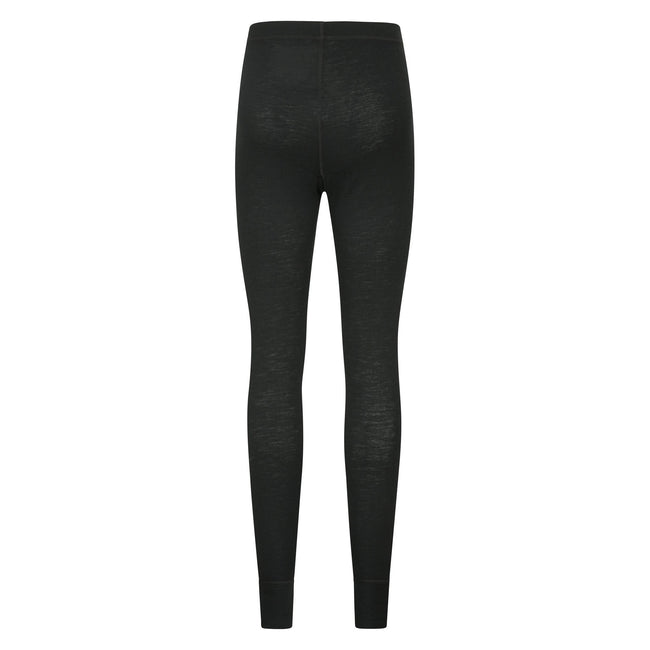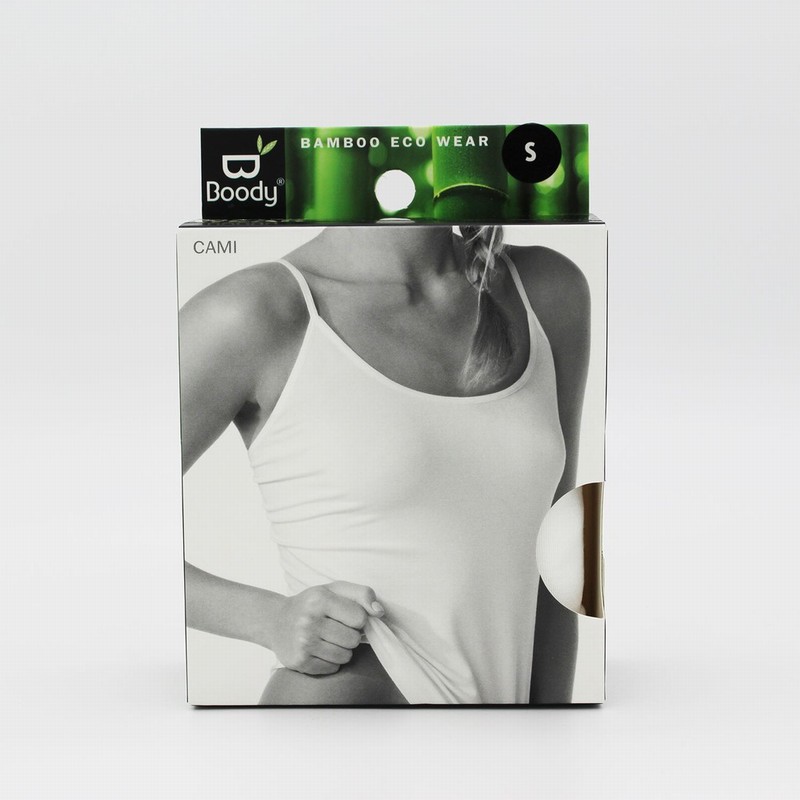Useful Merino Wool Base Layers Info
Wiki Article
What Makes Yak Merino A Great Base Layer For Winter Sportswear, In Terms Such As Warmth/Temperature Regulation And Moisture Management?
The base layer that is made of the yak merino fabric is ideal for winter sports clothing because it blends elements that improve temperatures, warmth, moisture management and comfort.
Insulating Properties - Both yak and merino wool are naturally insulating properties. The hollow fibers in yak's wool trap air and provide excellent warmth. Merino too is well-known for its insulation.
regulates body temperature - The fabric in combination regulates body's temperature, capturing heat when it is cold, and allowing air to move through to ensure that you don't become overheated when doing vigorous activities.
Moisture Management-
Moisture-Wicking- Merino wool's moisture-wicking properties draw moisture away from the skin and then disperse it, stopping sweat accumulation. Yak wool can also help transport moisture, and keeps the wearer comfortable during exercising.
Comfort-
Softness Merino Wool is renowned for its soft, fine fibers it contains. These fibers are less irritating to the skin. The addition of yak wool which also has soft fibers, increases the comfort.
Odor Resistance- Both kinds of wool have natural antimicrobial properties, reducing the growth of bacteria that cause odor and keeping the garment fresh.
Durability-
Strength and Resilience Yak is a tough fiber, but when coupled with merino, it is stronger and more resistant to wear. This makes it suitable for vigorous activities.
Natural Fiber Benefits-
Renewability - Merino and Yak Wool are biodegradable, renewable fibres that are environmentally friendly.
These wools have the ability to be used in a variety of ways that allow the use of these wools in varying weather conditions.
The combination of yak and merino wool maximizes the benefits of each which results in an excellent fabric for giving warmth, controlling temperatures, managing moisture, offering comfort, and being sturdy. Yak merino base layer is therefore ideal for winter sportswear, as they cater to the needs of outdoor activities and cold conditions. They also keep the wearer comfortable and dry. Have a look at the top rated merino wool base layer blog for site info including merino ninja suit, ski base layer mens, smartwool merino 250 bottoms, patagonia merino wool base layer, heavyweight merino wool base layer, smartwool mid layer, merino wool undershirt, ski layers, smartwool base layer, merino long underwear and more.

What Are The Advantages Of Bamboo Clothing?
Thermal Regulation: Bamboo clothing is a great choice for thermal regulation. It also provides protection from UV rays and biodegradability.
Bamboo fabric is a great insulation material that provides warmth during winter, while remaining breathable. It regulates your body's temperature, keeping heat in colder temperatures and allowing air to circulate to prevent overheating.
UV Protection
UV Resistant- The bamboo fabric is a natural shield against harmful UV rays. It can block an important part of the UV rays of the sun, adding another layer of protection against sun exposure.
Biodegradability-
The bamboo clothing is biodegradable. This means it does not leave harmful residues and doesn't contribute to pollution to the environment. This feature helps reduce the amount of waste produced and the environmental impact of clothes that are thrown away.
Environmental Impact-
Sustainable Bamboo- Bamboo is highly sustainable as a raw material. It is a fast-growing tree that doesn't require chemical fertilizers or pesticides. Its fast growth rate is what makes it a sustainable resource.
Bamboo has a lower water requirements compared to cotton or other crops. This makes it more efficient in terms of water use. This aspect contributes to conservation efforts and decreases stress on the water resource.
Soil Conservation-
Health of the soil - Bamboo cultivating doesn't usually deplete soil nutrients, or require intensive irrigation. This leads to healthier soil conditions.
Carbon Sequestration -
Carbon Absorption - Bamboo plants can absorb more CO2 than other species and also release more oxygen in the air. This ability helps reduce carbon emissions and fight climate change.
Bamboo's thermal regulation clothing, its UV protection, its biodegradability, and its positive environmental impact are reasons why it is a top choice among those looking for eco-friendly and sustainable clothing. These qualities align with environmentally conscious practices and offer benefits for both the wearer as well as the environment. Take a look at the best a fantastic read for bamboo clothings for blog advice including ladies bamboo t shirts, bamboo sweatshirt, bamboo athletic wear, bamboo cotton t shirts, faceplant pajamas, bamboo sweatpants, cotton bamboo pajamas, bamboo newborn clothes, bamboo pants ladies, bamboo infant clothing and more.

How Does Merino And Bamboo Clothing Compare To Wool In Terms Of Texture, Warmth And Moisture Absorption?
Compare the texture, warmth and absorption of bamboo, merino and traditional wool clothing.
Merino Wool- Merino wool is renowned for its softness and fine fibers, offering an easier and smoother texture than traditional wool. It is believed to be more relaxing.
Clothing that is made from bamboo- It's a silky, smooth fabric that is often compared to silk and cashmere. The soft and delicate texture makes it a comfortable.
Traditional Wool- Traditional wool may vary in texture, certain types of wool may feel rougher and more prone to causing discomfort or itching when compared with bamboo or merino clothing.
Warmth-
Merino- Merino provides exceptional warmth thanks to its insulation properties. It holds warmth even when damp and offers effective insulation in cold weather conditions.
Bamboo Clothing provides warmth, but it may not offer the same amount of insulation like Merino wool. It's a fantastic temperature regulator, which makes it comfortable in all conditions.
Traditional Wool - Just like merino, traditional wool feels warm and is insulating. It may feel heavier and bulkier than merino wool or bamboo clothing.
Moisture Absorption-
Merino Wool Merino Wool is a natural fiber with outstanding moisture-wicking abilities. It draws moisture from the skin and allows it to evaporate. It stays warm even when it is damp.
Bamboo Clothing Bamboo fabric has the ability to wick moisture away, which means it can draw out moisture and provide the comfort you need during your physical exercise. It regulates moisture, keeping wearers dry.
Wool - Traditional wool is a natural fiber that has the ability to hold moisture, but does not possess the same moisture-wicking properties as bamboo or merino. Certain kinds of wool might be heavy and spongy when wet.
Merino is considered to be a soft and warm material that has excellent moisture wicking properties. Bamboo clothing offers a silky and smooth feel, ample warmth, and great moisture control. Traditional wool can vary in texture and may give warmth and absorption of moisture however, it can appear coarser or heavier compared to bamboo or merino clothing. Each fabric is distinct and is suited to different requirements. Read the best a fantastic read for merino winter clothings for blog info including merino wool first lite, long johns for skiing, men's wool leggings, warmest base layer for skiing, best merino wool base layer, smartwool men's classic thermal merino base layer crew, merino 250 base layer, spyder baselayer, wool thermals womens, merino wool base layer clearance and more.
